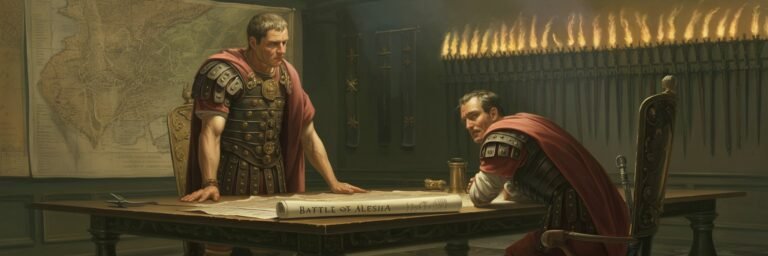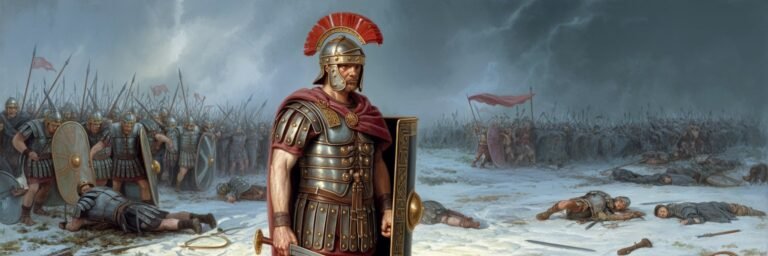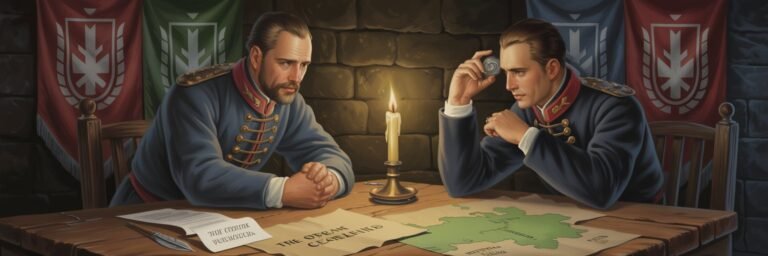INTRODUCTION
No war is short of mysteries and secrets. Even the most storied battles of history conceal enigmatic events, hidden strategies, and unexpected outcomes that have intrigued historians and enthusiasts for ages. As we delve into the clandestine aspects of ten remarkable battles from around the world, be prepared to be bewitched and bedazzled by the intricacies of warcraft. If you deem yourself a history sleuth, you might discover a revelation or two that throws fresh light on your understanding of these significant events.
HISTORICAL BACKGROUND
To trace the roots of these secrets, we’ll start from the formation of classical civilization to modern history, covering a span of over two millennia. We commence with the Battle of Marathon in 490 BC, where Athens saw the mighty Achaemenid Empire eyeing their land. A primary secret here is how a numerically inferior Greek force managed to shatter the Persian army’s might.
Progressing to Roman history, the Battle of Alesia in 52 BC brings to focus the genius of Julius Caesar. His inventive tactics and strategies concealed in the shadows of time.
Centuries later, we arrive at the tumultuous medieval Europe during the Battle of Agincourt (1415) and the Battle of Bosworth Field (1485). Herein, secrets lie in technological advances and treachery that turned the tide of events.
Traversing the globe to Japan, the Battle of Sekigahara in 1600 showcased strategic deception that denoted a pivotal moment in Japanese history.
In modern history, we encounter the American Revolutionary War’s Battle of Saratoga (1777) and the Battle of Gettysburg (1863) during the American Civil War. Secrets found in these battles revolve around intelligence failures and decisive leadership.
Last but not least, we delve into World War II’s Battle of Stalingrad (1942-1943) and the Battle of Midway (1942) to explore how miscalculations and secret maneuvers sculpted the outcomes of these horrific conflicts.
THEORIES AND INTERPRETATIONS
The Battle of Marathon has always posed a perplexing question: how did a smaller Athenian force overcome the powerful Persian army? Various theories offer answers. The most convincing one suggests the Greeks utilized the phalanx formation, a tight close-order formation where the front lines are lined by shields and spears to break the enemy’s charge.
At Alesia, the secret of Caesar’s success lies in his strategy, specifically, the building of two fortification rings around the city. His tactics here have been studied for their strategic brilliance.
In contrast, we see the Battle of Agincourt being defined by the English Longbow, a piece of innovative technology that decimated the French lines. Meanwhile, at Bosworth Field, the tide of battle shifted due to Lord Stanley’s betrayal of Richard III, a lesser-known factor in Richard’s defeat and the crowning of Henry Tudor.
MYSTERIES AND CONTROVERSIES
There exists a controversy regarding the Battle of Sekigahara – was it won through military might or strategic deception? Most historians argue that Tokugawa Ieyasu’s victory signifies his ingenious ability to propagate misinformation, tricking rival daimyos into believing his forces were stronger than in reality.
The mysteries surrounding the Battles of Saratoga and Gettysburg center on battlefield intelligence. At Saratoga, how did the strength of the British army go underestimated? During Gettysburg, why didn’t Robert E. Lee heed his scout’s reports?
SYMBOLISM AND CULTURAL SIGNIFICANCE
These battles offer profound cultural and symbolic implications. Marathon represents the triumph of democracy over despotism, while Alesia symbolizes the might of Rome under Julius Caesar.
Agincourt and Bosworth resonate with the clash of nobility and commoners in medieval England, and Sekigahara marks the beginnings of the Tokugawa shogunate’s era. Battles of Saratoga, Gettysburg, Stalingrad, and Midway symbolize turning points in their respective wars, altering the course of history forever.
MODERN INVESTIGATIONS
Modern archaeology and technology continue to shed light on the secrets of these ancient battles. Techniques such as battlefield forensic studies and satellite imagery aid in answering lingering questions. These methods have confirmed the extensive use of the longbow at Agincourt, traced Caesar’s fortifications at Alesia, and discovered possible locations of ambushes and formations in other battles.
LEGACY AND CONCLUSION
The secrets of these famous battles are not simply historical curiosities; they carry lessons of human innovation, deception, courage, and failure. They remind us to question the accounts that have been passed through the ages while keeping us aware of the unpredictable nature of conflict. The secrets and mysteries hidden within these battles highlight the complexities of warfare and the profound impacts these events have had on shaping our world, a living testament to humanity’s tumultuous journey. Such investigations into the mysteries of war serve as a bridge to our past, allowing us to better comprehend the world we inhabit today.



